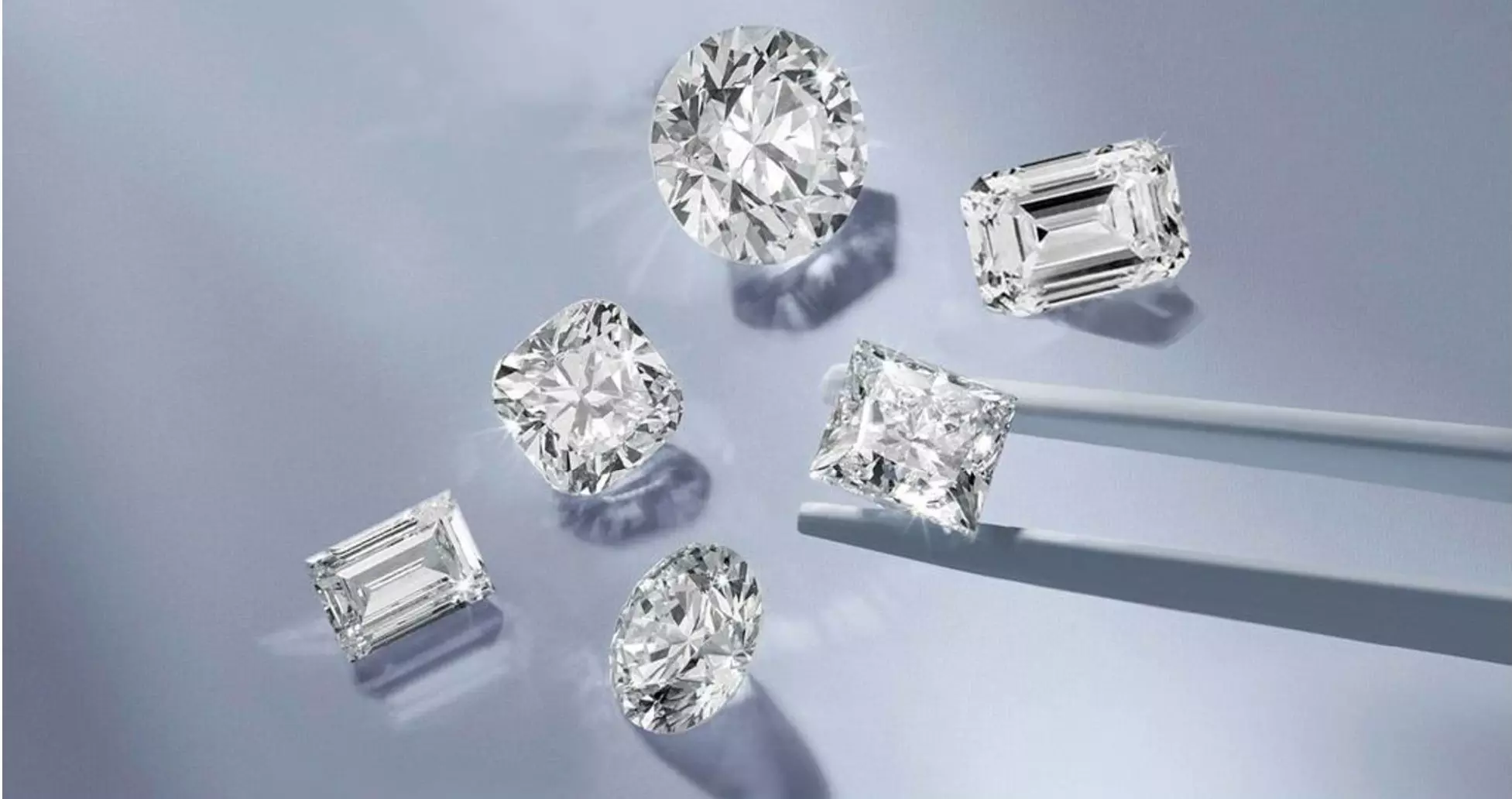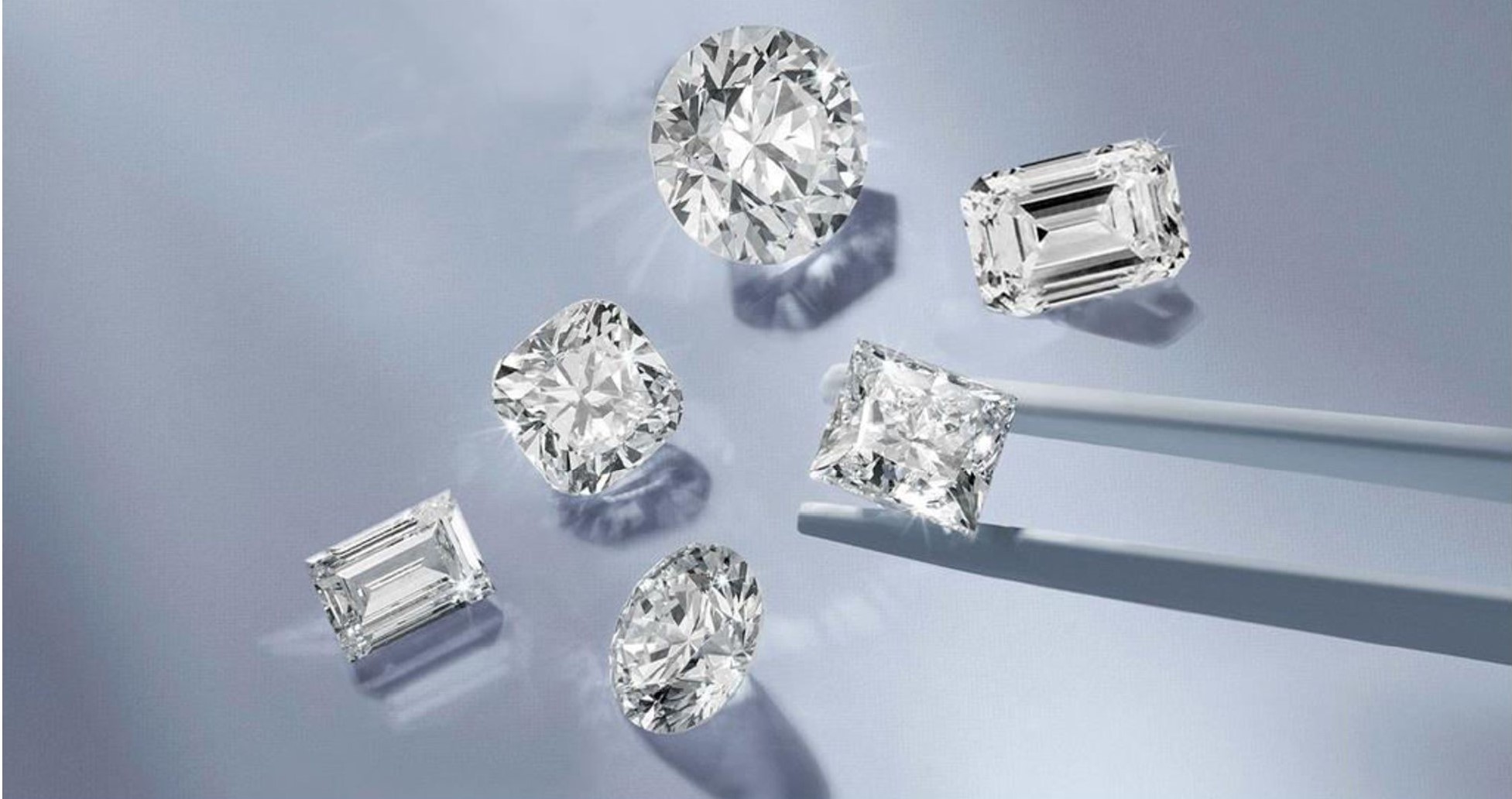
Finding the perfect engagement ring can feel overwhelming—so many choices, so many factors, and (often) so much money involved! But what if you could have a stunning diamond that looks just as beautiful as the real thing without breaking the bank? That’s where lab grown diamonds come in.
Lab grown diamond engagement rings are growing in popularity for a reason (actually, lots of reasons). They offer beauty, quality, and value all wrapped up in one sparkly package. Whether you’re eco-conscious, budget-savvy, or just want a pretty rock that doesn’t come from a mine, lab grown diamonds are worth a closer look.
This guide will take you through everything you need to know—from what lab grown diamonds are to their benefits, their pricing, and how they compare to natural diamonds. By the end of this blog, you’ll know exactly why lab grown diamond rings make an excellent choice.
What Are Lab Grown Diamonds?
Lab grown diamonds, also known as lab-created or cultured diamonds, are real diamonds that are grown in a laboratory setting. They are not mined from the earth like traditional diamonds. Instead, they are created by replicating the natural process of diamond formation under controlled conditions. They have the exact same physical, chemical, and optical properties as a natural diamond—meaning they sparkle, shine, and last just as long.
How Are Lab Grown Diamonds Made?
There are two main methods used to create lab grown diamonds:
- High-Pressure, High-Temperature (HPHT): This method mimics how natural diamonds are formed underground. Using high heat and pressure, carbon is transformed into sparkling diamonds.
- Chemical Vapor Deposition (CVD): A newer process where carbon-rich gases are heated in a chamber to form diamond layers. This method allows for more control and precision, making it popular in the jewelry world.
Both processes result in gorgeous, high-quality diamonds that are nearly impossible to tell apart from natural ones.
Are Lab Grown Diamonds Real?
Yes, absolutely! lab grown diamonds are real diamonds. They’re not synthetic or fake—they’re just made differently.
Chemically and physically, lab grown diamonds are identical to natural diamonds. They both have the same shine, sparkle, and durability. The difference? One comes from underground, while the other is made above ground in a controlled lab environment.
Lab Grown Vs. Natural Diamonds
Lab grown diamonds and natural diamonds are both real diamonds. The only difference lies in their origin. Natural diamonds are formed deep within the Earth over millions of years under immense heat and pressure. Lab grown diamonds, on the other hand, are created in a laboratory using advanced technology that replicates the same conditions as those found in the Earth’s crust.
Despite their different origins, lab grown and natural diamonds are virtually indistinguishable to the naked eye. They share the same chemical composition, physical properties, and optical brilliance. Both types of diamonds can be cut, polished, and graded using the same methods, resulting in diamonds with the same range of colors, clarity, and cuts.
One key difference between the two lies in their price. Lab grown diamonds are generally more affordable than natural diamonds, especially for larger carat weights. This is because the production process for lab grown diamonds is more efficient and less resource-intensive compared to mining natural diamonds.
One notable study on this topic is conducted by the Gemological Institute of America (GIA). The study highlights that lab grown diamonds and natural diamonds are chemically, physically, and optically identical. However, it also points out that lab grown diamonds can be distinguished from natural diamonds by trained gemologists using sophisticated equipment.
The study emphasizes the importance of transparent labelling and consumer education to prevent confusion in the market. It also discusses the ethical and environmental benefits of lab grown diamonds, as they do not require mining.
Can You Tell the Difference Between Lab Grown and Natural Diamonds?
To the naked eye? No, you can’t. Even professionals need specialized equipment to distinguish between the two.
Lab grown diamonds are made using precision technologies that make them virtually identical to natural ones in appearance. Even under a microscope, many jewelers can’t tell them apart.
That said, gemologists can use advanced tests to identify a diamond’s origin, so rest assured, your lab grown diamond is still completely unique and distinguished.
Myths About Lab Created Diamonds
There’s a lot of misinformation about lab grown diamonds, so let’s clear up some common myths:
Myth 1: Lab Created Diamonds Are Fake or Artificial
Truth: Lab-created diamonds are just as real as mined diamonds. They are made of the same material—crystallized carbon—and have the same physical, chemical, and optical properties as natural diamonds. The only difference is that they are grown in a lab instead of being mined from the earth.
Myth 2: Lab Created Diamonds Are of Lower Quality Than Mined Diamonds
Truth: Lab-created diamonds are of the same quality, if not better, than mined diamonds. They are graded by the same institutions that grade natural diamonds, such as the Gemological Institute of America (GIA). In fact, lab-created diamonds often have fewer impurities and can be more brilliant and clear.
Myth 3: Lab Created Diamonds Are Cheaper Because They Are of Poor Quality
Truth: Lab-created diamonds are more affordable because they do not involve the costly mining process. However, their quality is not compromised. The lower price is due to the advanced technology used to create them, which makes the process more efficient and cost-effective.
Myth 4: Lab Created Diamonds Are Not Suitable for Engagement Rings
Truth: Lab-created diamonds are becoming increasingly popular for engagement rings. Many people prefer them because they are more sustainable and ethical than mined diamonds. They are also just as beautiful and durable, making them a great choice for a symbol of love and commitment.
Myth 5: Lab Created Diamonds Change Color Over Time
Truth: Lab-created diamonds do not change color over time. They are made of the same material as natural diamonds and have the same stability and resilience. So, you can be confident that your lab-created diamond will remain just as beautiful as the day you got it.
Myth 6: Lab Created Diamonds Are Harmful to the Environment
Truth: Lab-created diamonds have a much lower environmental impact than mined diamonds. The mining process for natural diamonds can cause significant environmental damage, including deforestation, soil erosion, and water pollution. In contrast, lab-created diamonds are produced in a controlled environment, which reduces their ecological footprint.
Diamond Certification and What It Means for Lab Grown Diamonds
Diamond certification is like a “report card” that comes with your diamond, whether it’s natural or lab grown. This grading report tells you all about the diamond’s quality, breaking down the 4Cs: Cut, Color, Clarity, and Carat Weight. These are the big factors that influence how your diamond looks and its value.
When it comes to lab grown diamonds, having this certification is super important. It lets you know exactly what you’re getting. Two of the most trusted names in the game are the International Gemological Institute (IGI) and the Gemological Institute of America (GIA). The IGI certificate often gives more details about how the diamond was made, like whether it used the CVD or HPHT method. GIA certificates are also highly respected, though they might not include those specifics.
Think of the certificate as a way to ensure that the diamond’s quality matches what the seller promises. It’s like having a guarantee that you’re getting exactly what you paid for.
Is Cubic Zirconia a Lab Grown Diamond?
This is another common confusion. No, cubic zirconia (CZ) is not a lab grown diamond. They are two completely different materials, although both are often used as diamond substitutes in jewelry.
Cubic zirconia is a man-made stone that looks like a diamond but is made of a different material. CZ is created from a type of zirconium dioxide. It costs much less to make than diamonds. The process involves melting zirconium oxide powder and other minerals at high temperatures until they form crystals. CZ is valued for its sparkle and clear look, and it can look very similar to a diamond at first glance. However, it is softer than a diamond and can scratch more easily.
Pricing of Lab Grown Diamonds
Lab grown diamonds are becoming more popular because they are more affordable and eco-friendly compared to natural diamonds. These diamonds are made in labs using advanced technology that mimics the natural diamond formation process.
The price of lab grown diamonds is generally much lower than natural diamonds. For example, a one-carat lab grown diamond can cost around $1,000, while a similar natural diamond might cost around $4,200. This price difference is because lab grown diamonds are easier and cheaper to produce.
Example: A 1 carat lab grown diamond ring in 10K gold (E/VS1) costs approximately $900, whereas a 1 carat natural diamond ring in 10K gold (E/VS1) is priced around $5,000.
However, it’s important to note that lab grown diamonds usually have a lower resale value compared to natural diamonds. This means if you decide to sell your lab grown diamond in the future, you might not get as much money back as you spent.
The Many Benefits of Lab Grown Diamond Engagement Rings
Here’s why lab grown diamonds are a fantastic choice for an engagement ring:
- They’re Affordable: Get a bigger or higher-quality diamond for less money.
- They’re Ethical: Lab grown diamonds avoid the ethical issues associated with mining.
- They’re Customizable: Choose from a variety of cuts, shapes, and colors.
- They’re Gorgeous: Sparkle, shine, and durability—just like traditional diamonds!
Conclusion
If you want a beautiful, high-quality diamond at a better price and with zero ethical concerns, then yes—lab grown diamonds are a perfect choice! They offer the same sparkle and shine as traditional diamonds without the hefty price tag or environmental impact.
Explore your options and discover the perfect Lab grown diamond engagement ring for your big day. Sparkle sustainably, and shine bright!
Disclaimer: No Deccan Chronicle journalist was involved in the creation of this content. The group also takes no responsibility for this content.
